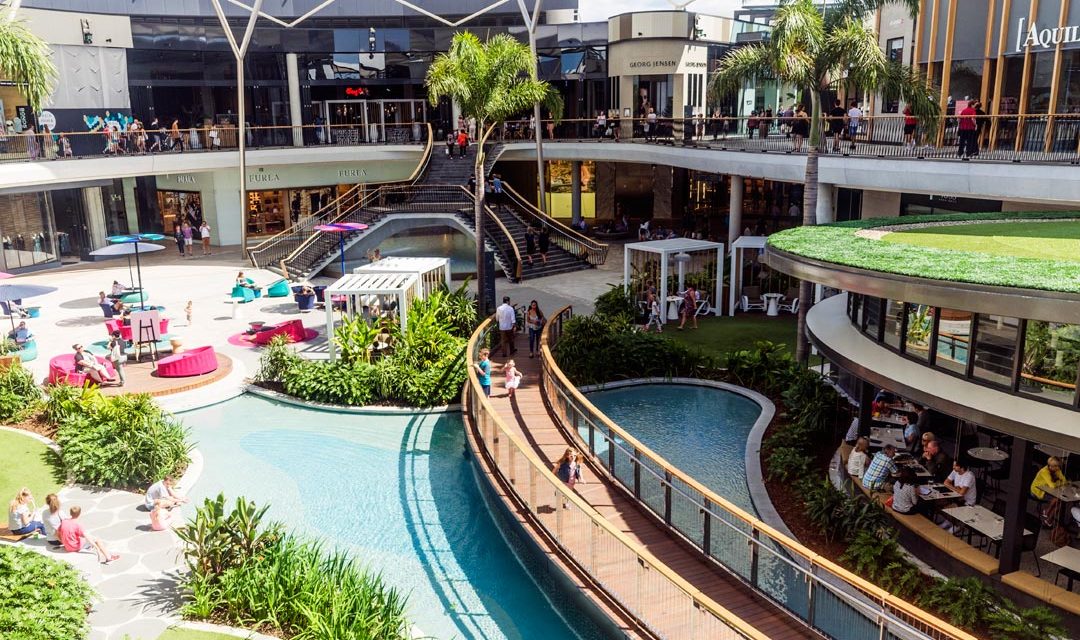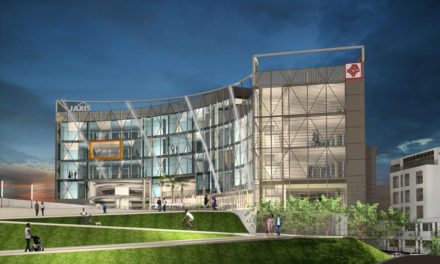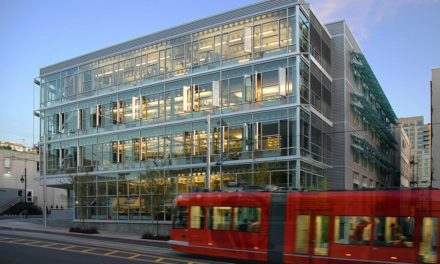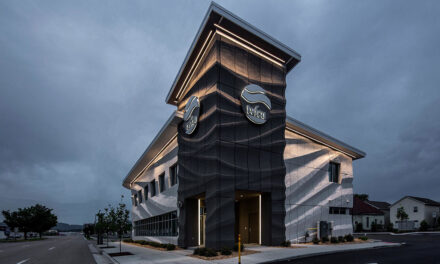Australian shopping precincts are stepping up their game with experiential, resort-style design, in a bid to compete with online retailers and entice customers back through their doors.
New industry trends demonstrate that landscape architecture is playing a leading role in helping brick-and-mortar retail centers like Pacific Fair on the Gold Coast to deliver world-class shopping destinations that give them a competitive edge against their online counterparts.
Place Design Group is part of the team behind Pacific Fair’s revitalization, which saw the iconic precinct awarded Retail Property of the Year at the 2016 Property Council of Australia’s annual Queensland Retail Property Awards in September.
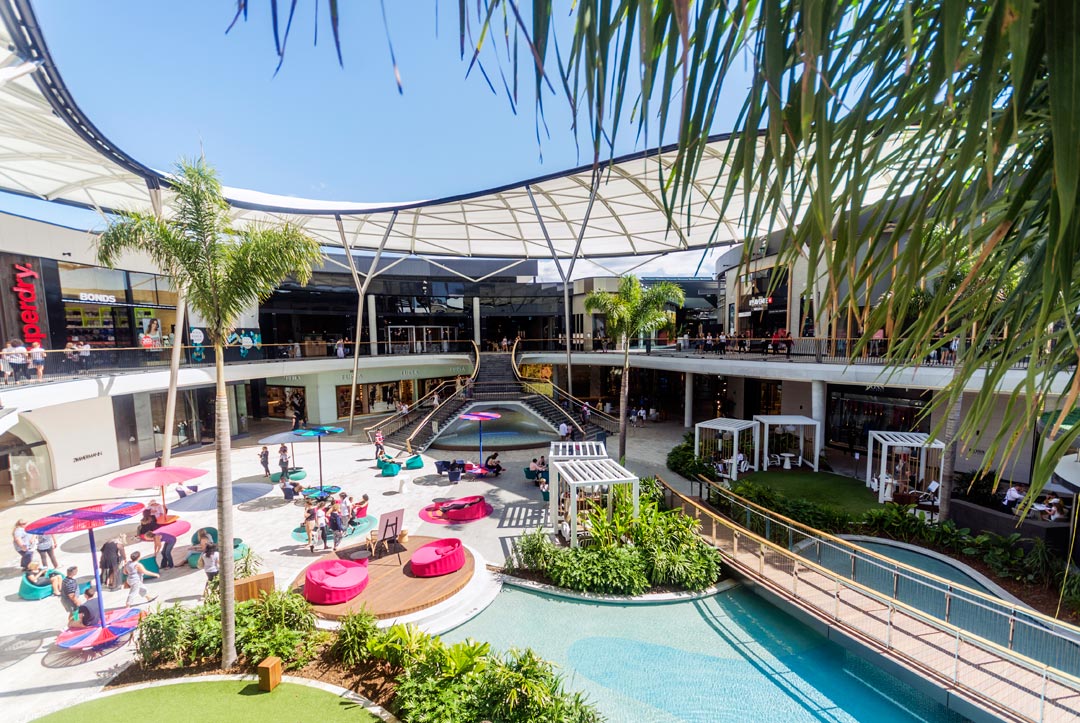
Place Design Group’s Gold Coast Design Principal Clint Wood said the resort-style experience delivered by his team is an integral feature of the $670 million redevelopment project.
“We’ve seen a growing trend of retailers like Pacific Fair wanting to revitalize their customer offering; and we help them to do this by designing lush, resort-style landscapes, complete with indoor and outdoor dining precincts, outdoor store entry and town-centre styling.”
The challenge presented by the Pacific Fair project was to meet the changing needs of customers and encourage them to linger. To do that, Place Design Group had to redefine the center’s relationship with the outdoor environment and create a space you would expect to find in a world-class, 5-star resort. The resort-style design thinking places the focus on service and experience, where people are welcomed in to a place, and invited to stay; something customers would expect from a holiday destination.
Sam Shepherd, Place Design Group Design Lead who worked across the Pacific Fair project for nearly 3 years, said, “the success of the vision came from exploring and implementing specific design considerations — creating space for movement, greenscapes to provide vibrancy, intimate seating areas for socialising and inviting waterscapes.”
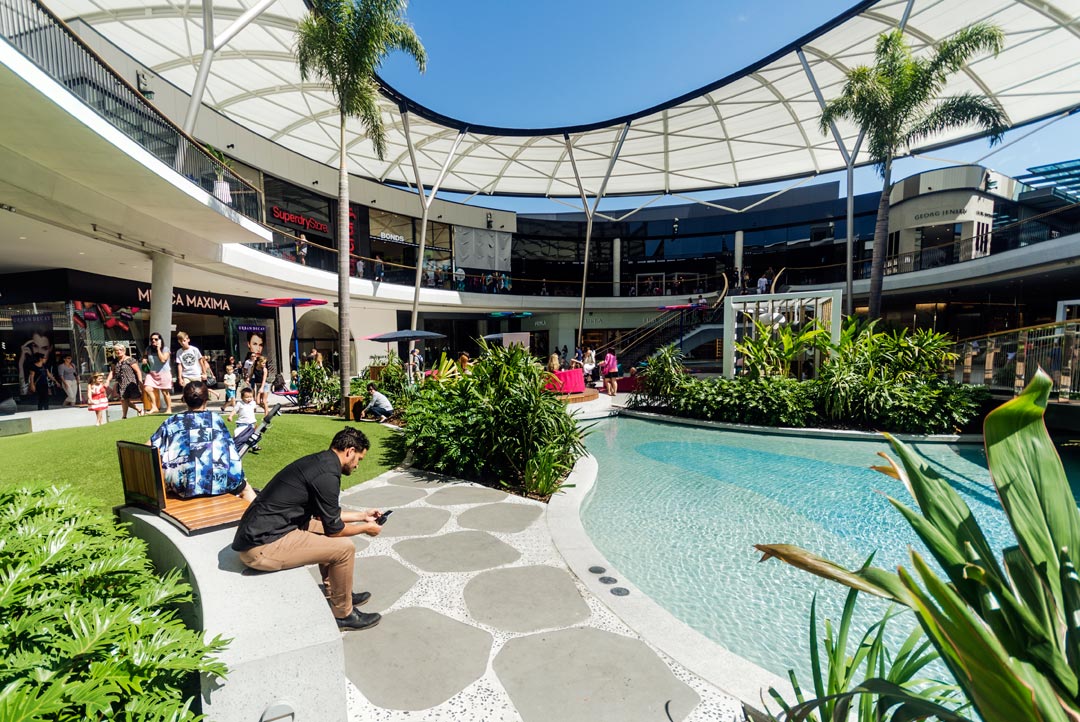
Online retailing has continued to redefine the way customers shop in 2016, offering a level of accessibility and convenience which for many has become a preferable alternative to braving crowds, car parking and unkempt communal eating areas at their tired local shopping centre.
Clint explains that it was clear the industry was working to change these perceptions, by investing in environments that promote wellbeing, access to nature, and community interaction in a setting that is relaxing and rejuvenating.
“Resort-style design thinking empowers retailers to reshape their environments to create lifestyle experiences for shoppers that the digital store can’t compete with. In addition to Pacific Fair, we’ve been working with several other major shopping destinations like Grand Central Toowoomba and Sunshine Plaza on the Sunshine Coast to deliver a customer experience that will bring shopping centres into the future.”

The $500 million redevelopment of Toowoomba’s Grand Central Shopping Centre, expected to be complete by the end of 2016, is an example of this; promising to bring customers a “magnetic destination” complete with a fresh food precinct, alfresco dining area, extra parking spaces and 160 new specialty retailers.
The success of landscape architectural work on major shopping centers around the country are demonstrating that this change in environment is exactly what consumers are looking for; and Place Design Group expects to see the new resort-style orientated precincts become the norm as more retailers look to win back their technology-savvy customers.

